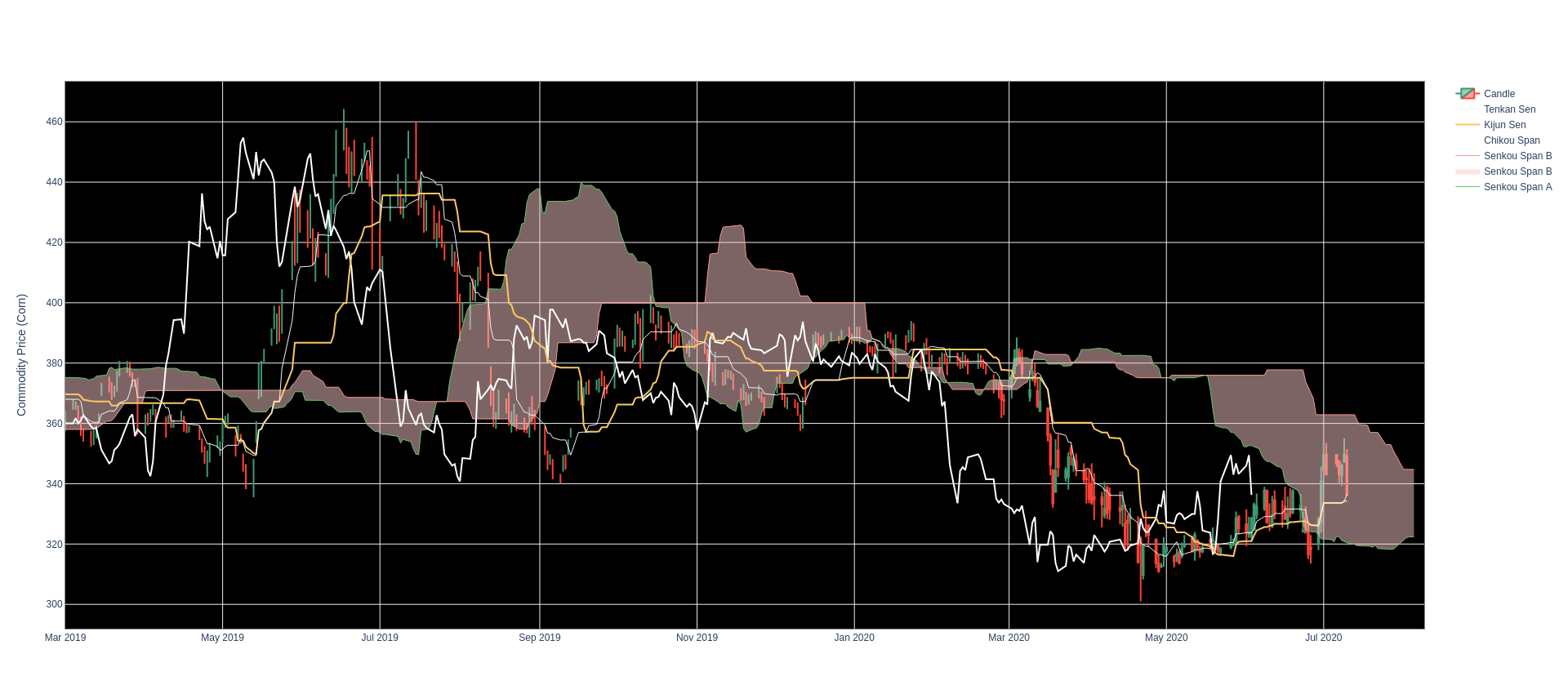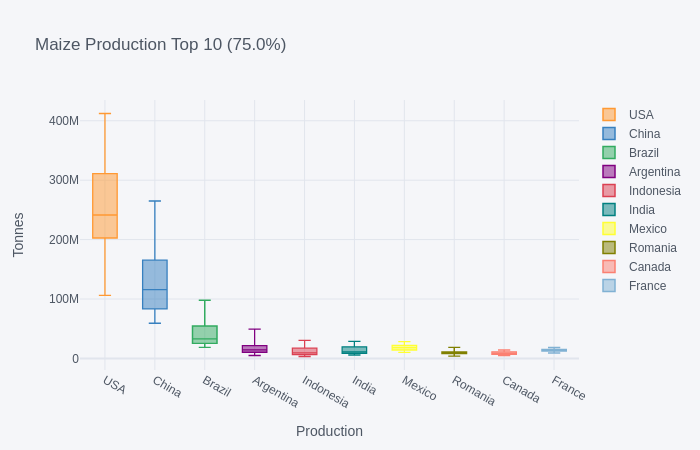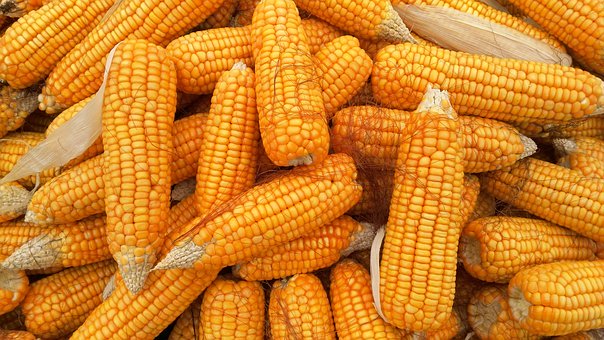
Maize (Zea Mays) originates in the Andean region of Central America. It is one of the most important cereals both for human and animal consumption and is grown for grain and forage. Present world production is about 594 million tons grain from about 139 million ha.
The crop is grown in climates ranging from temperate to tropic during the period when mean daily temperatures are above 15°C and frost-free. Adaptability of varieties in different climates varies widely.
When mean daily temperatures during the growing season are greater than 20°C, early grain varieties take 80 to 110 days and medium varieties 110 to 140 days to mature. When grown as a vegetable, these varieties are 15 to 20 days shorter. When mean daily temperatures are below 20°C, there is an extension in days to maturity of 10 to 20 days for each 0.5°C decrease depending on variety, and at 1.5°C the maize grain crop takes 200 to 300 days to mature. With mean daily temperature of 10 to 15°C maize is mostly grown as a forage crop because of the problem of seed set and grain maturity under cool conditions. For germination the lowest mean daily temperature is about 10°C, with 18 to 20°C being optimum. The crop is very sensitive to frost, particularly in the seedling stage but it tolerates hot and dry atmospheric conditions so long as sufficient water is available to the plant and temperatures are below 45°C. Temperature requirements, expressed as sum of mean daily temperatures, for medium varieties are 2500 to 3000 degree days, while early varieties require about 1800 and late varieties 3700 or more degree days.
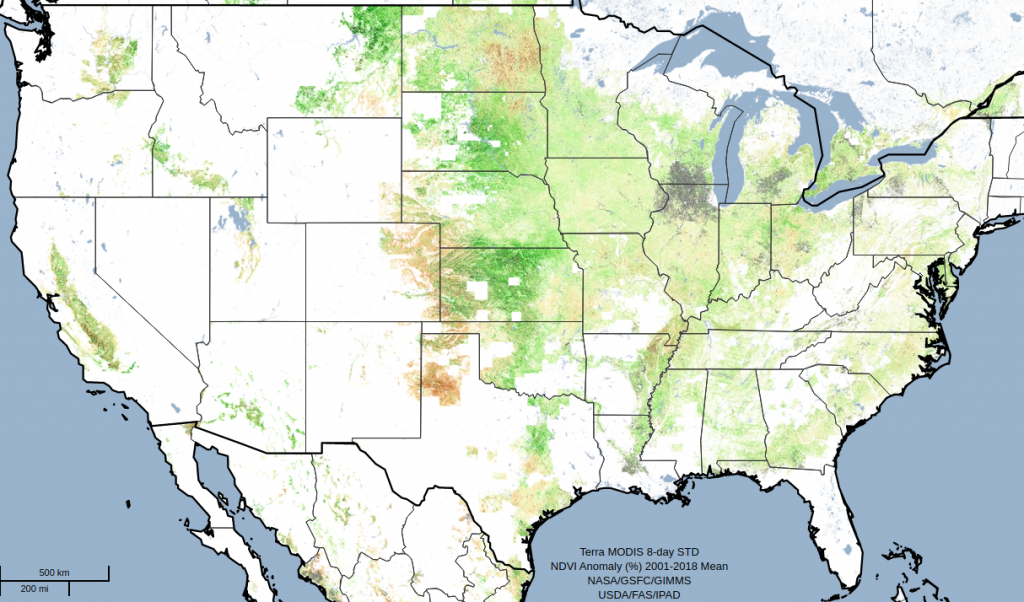
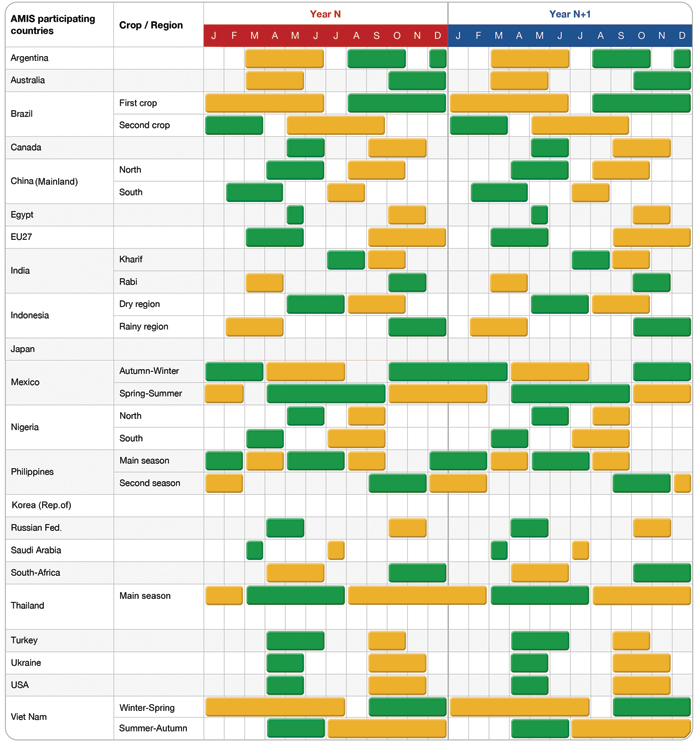
Ichimoku Cloud of Corn Futures: Sep 20
CBOT – CBOT Delayed Price. Currency in USX
